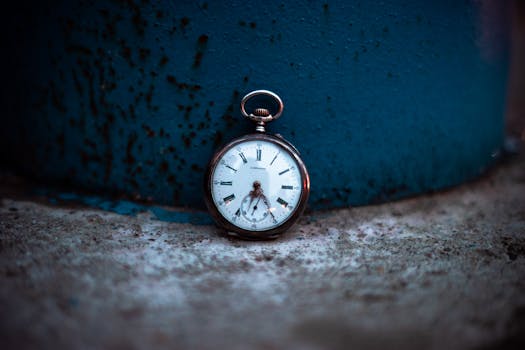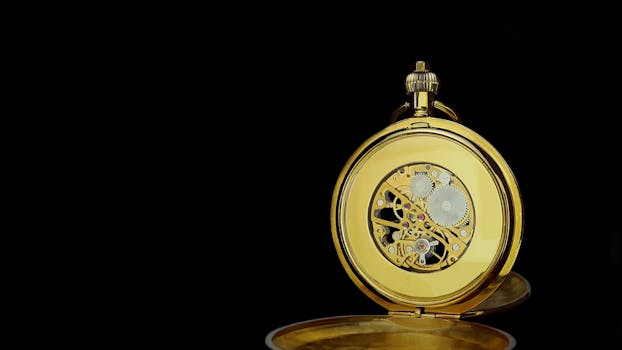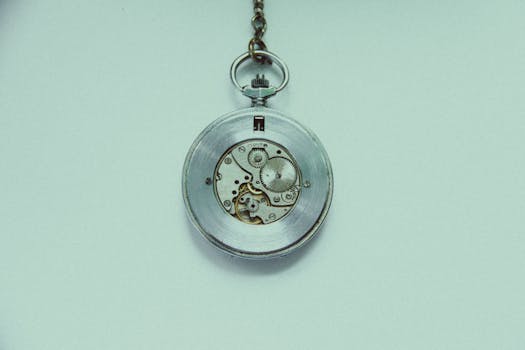
The Evolution of Watchmaking: Techniques and Innovations Through the Ages
Takeaways: This article delves into the rich history of watchmaking, tracing the evolution of techniques and innovations that have shaped the craft. From ancient sundials to today’s advanced smartwatches, we explore how craftsmanship, technology, and artistry have come together to create timepieces that are both functional and beautiful.
Watchmaking is not just a craft; it is a blend of art and science that has evolved over centuries. This article will take you on a journey through the history of watchmaking, highlighting key techniques and innovations that have defined the industry.
Early Timekeeping Devices

Sundials, which date back to around 1500 BC, used the position of the sun to cast shadows on marked surfaces, indicating the time of day. Water clocks, or clepsydras, utilized the steady flow of water to measure time intervals. These early inventions laid the groundwork for more sophisticated timekeeping methods in the centuries to come.
The Advent of Mechanical Clocks

One of the key innovations during this period was the escapement mechanism, which allowed for a regulated release of energy from the mainspring, thus controlling the movement of the clock’s hands. The introduction of the verge escapement in the 14th century further improved accuracy.
As mechanical technology advanced, smaller and more portable timepieces began to emerge. In the 16th century, the first pocket watches were developed, showcasing intricate craftsmanship and artistry. These early watches often featured elaborate designs and were considered symbols of status and wealth.
The Rise of the Wristwatch

By the 1920s, wristwatches were firmly established in the market, with brands like Rolex and Patek Philippe leading the way. The introduction of the automatic movement in the 1930s revolutionized wristwatches, allowing them to wind themselves through the motion of the wearer’s arm, eliminating the need for manual winding.
The Quartz Revolution

The first quartz watch, the Seiko Astron, was launched in 1969 and marked the beginning of a new age in timekeeping. Quartz watches became more affordable and accessible, leading to a decline in the production of traditional mechanical watches.
However, the watch industry adapted to this change, and many luxury brands began to incorporate quartz technology into their offerings, leading to the development of hybrid models that combined the best of both worlds.
Modern Innovations in Watchmaking

Brands like Apple, Samsung, and Garmin have led the charge, creating devices that cater to a tech-savvy audience while maintaining a focus on style and functionality. Yet, traditional watchmakers remain committed to their craft, producing exquisite mechanical watches that celebrate the artistry and precision of horology.
Furthermore, advancements in materials, such as ceramic and titanium, have allowed for the creation of lighter, more durable watches. Innovations in manufacturing techniques, including 3D printing, have also enabled watchmakers to explore new designs and complexities.
The Future of Watchmaking

From ancient sundials to the latest smartwatches, the history of watchmaking is a testament to human ingenuity and the relentless pursuit of precision. As we continue to innovate, the art of horology will undoubtedly thrive, captivating future generations of watch enthusiasts.






